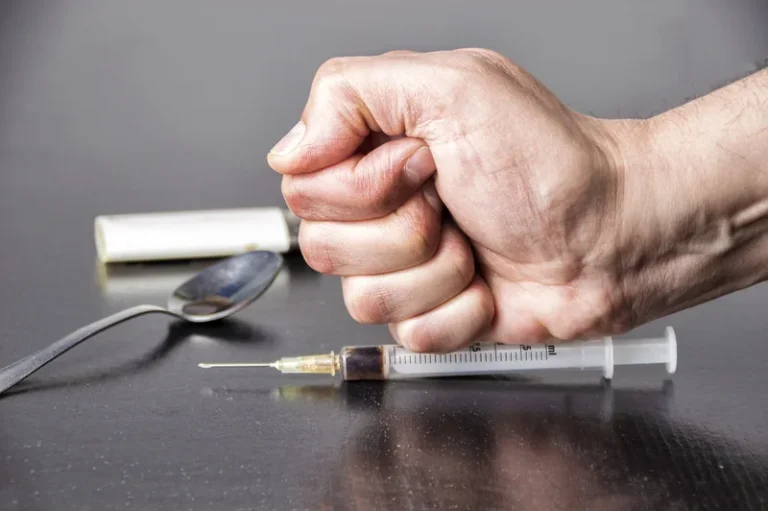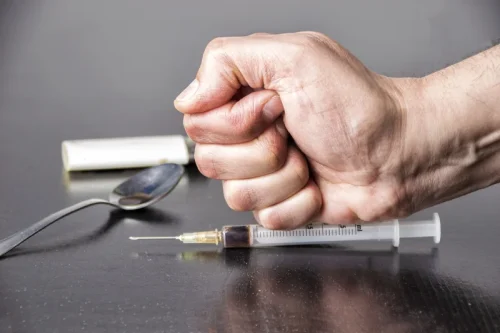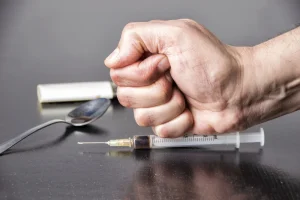
The calculated E-values for emergency admission were 10.4 for OR and 3.82 for its CI, for previous DT 6.46 for OR and 2.37 for its CI, and for ILS 3.82 for OR and 1 for its CI. These networks of support offer both emotional and practical help, which in turn bolsters the results of the recovery process. Being actively involved in support groups markedly boosts one’s prospects for enduring sobriety as well as their general wellness.
- People who have had withdrawal seizures before or experienced severe withdrawal symptoms like delirium tremens are also at higher risk.
- Not everyone who stops drinking experiences seizures, but for some, withdrawal can lead to an alcohol withdrawal seizure.
- This can include medication, therapy, and lifestyle changes, such as a balanced diet, regular exercise, and stress management techniques.
- Older adults over 65 experience extended withdrawal due to slower metabolism and increased health risks.
- Alcohol withdrawal seizures typically aren’t deadly on their own, but they can lead to dangerous complications.
- Severe symptoms, such as an alcohol withdrawal seizure, can be dangerous and require immediate medical attention.
Breaking Barriers: Effective Communication with Those with Paranoid Personality Disorder
A united family front can be instrumental alcohol withdrawal seizure in maintaining long-term recovery success. Other approaches, like Motivational Interviewing (MI), tap into a person’s intrinsic motivation. Through empathetic, goal-oriented counseling, MI helps individuals resolve ambivalence about quitting alcohol and solidify their commitment to recovery.

Seeking Professional Help for Alcohol Dependence

Northridge Addiction Treatment Center (NATC) has a detox program with care available all the time. They have trained staff who can safely take care of seizures and other symptoms that happen when someone stops drinking. To manage alcohol withdrawal, use strategies like proper hydration, nutrition, and rest. These help stabilize the body, while medical supervision ensures safety during severe withdrawal.
Can Alcohol Withdrawal Cause Seizures? – Risks & Symptoms
- Alcohol withdrawal can include dangerous symptoms like seizures, which can come on suddenly and lead to serious consequences.
- Ways to treat alcohol withdrawal include medical detox, partial hospitalization programs, and intensive outpatient programs, based on symptom severity.
- The administration of these medications is guided by the intensity of withdrawal signs, determined using assessment instruments like the CIWA scale.
- Northridge Addiction Treatment Center focuses on a holistic approach that looks at the whole person.
- In mild to moderate cases, individuals can tend to withdrawal symptoms through at-home or outpatient care.
- In addition, there are steps that can be taken to reduce the risk of seizures during alcohol withdrawal.
During the second to fourth week, people will typically observe notable enhancements in their health. This includes experiencing improved sleep quality, diminished sensations of depression and anxiety, as well as an increase in general wellness. During this timeframe, the gut starts recovering, which results in decreased bloating and fewer gastrointestinal problems. Delirium tremens, often referred to as DTs, represent some of the most extreme withdrawal symptoms a person can experience, marked by confusion and changes in mental state. The death rate for those suffering from DTs lies between 1% and 4%, but without timely treatment, up to 15% of these episodes could result in fatality. The brain continues to produce stimulating chemicals even though they are no longer needed, which causes withdrawal symptoms.

In these models, animals are exposed to alcohol by intragastric intubation, inhalation, or feeding in a nutritionally complete liquid diet for periods of 2 to 21 days. The animals exhibit sound-evoked audiogenic seizures or handling-induced convulsions during the 1- to 3-day period after cessation of alcohol intake and may also experience spontaneous generalized seizures. However, if drinking has become your habit or you exhibit the signs of addiction, the chances of getting withdrawal symptoms are higher.


The physical symptoms of withdrawal, such as shaking or sweating, usually fade within a week. However, emotional and mental challenges, like anxiety, cravings, or mood swings, can last much longer. This is why continued care, including therapy or counseling, is so important. It helps address the deeper causes of alcohol use and provides tools to manage the triggers that could lead to relapse. Medical supervision is important, especially for anyone who is at risk of alcoholic seizures. Doctors and nurses closely monitor vital signs, manage symptoms, and are prepared to handle emergencies like seizures or severe dehydration.
Is it Safe to Detox from Alcohol at Home?
Certain metabolic disturbances caused by alcohol overdose, such as significantly low blood sugar, can also lead to seizures. Individuals with a history of epilepsy are at increased risk of seizures during alcohol withdrawal. Patients all fulfilled the ICD-10 criteria for alcohol addiction and self-reported a median consumption of 176 g ethanol per day. 18 patients underwent detoxification for the first time – the remaining patients already had undergone a median of three detoxifications.
Individuals with mild alcohol use disorder who drink moderately are less likely to experience withdrawal, as their nervous system does not undergo neurochemical adaptations. Alcohol enhances GABA’s calming effects while suppressing glutamate, leading to long-term neuroadaptation. Fortunately, no matter how severe the drinking problem, most Sober living home people with an alcohol use disorder can benefit from treatment.


